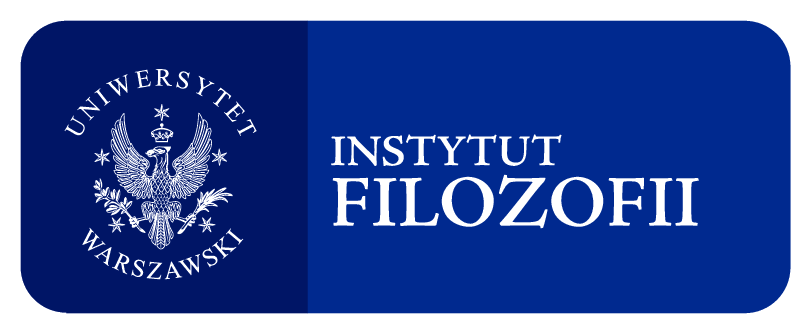Zastosowanie metody superwaluacji do analizy paradoksów związanych z nieostrością
Abstrakt
Supervaluation is a method which has been invented to deal with the reference failure. In his 1975 paper K. Fine suggested that it might be applied to the analysis of the phenomenon of vagueness as well. The paper tries to assess the pros and cons of the supervaluation theory of vagueness.
Supervaluation provides us with the means for analysing vagueness without eliminating it from the language, and allows to solve the main paradox connected with vagueness; i.e. the sorities paradox. The preservation of classical logic was thought to be one of its main virtues. The solution to sorities which supervaluationism proposes is a very counterintuitive one, however. Moreover, it seems that it does not preserve classical logic after all. Besides, the theory of supervaluation is not able to handle the higher-order vagueness.
Nevertheless it remains one of most attractive semantic theories of vagueness available. In conection with the objections raised against supervaluationism arises the problem concerning the interpretation of the meaning of the supervaluationism's key notion, namely the notion of supertruth. The paper offers one such interpretation.















 Filozofia Nauki | ISSN 1230-6894 | e-ISSN 2657-5868
Filozofia Nauki | ISSN 1230-6894 | e-ISSN 2657-5868